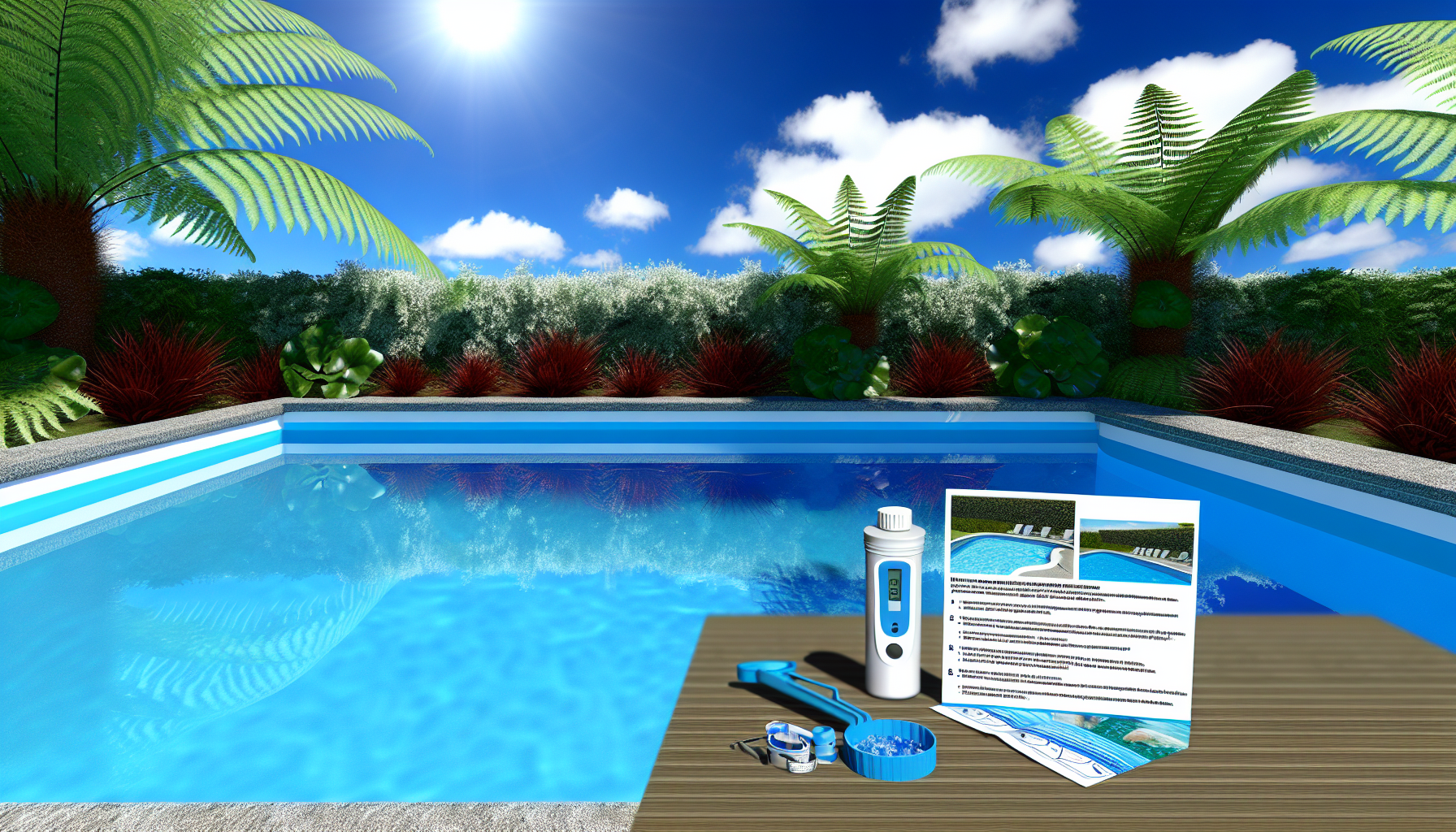Keeping your pool water balanced isn’t just about throwing in chlorine and hoping for the best—it’s about getting the right balance, especially when it comes to alkalinity. If your alkalinity is off, everything else can go sideways. The water can get cloudy, mess with your pH levels, and make your pool chemicals less effective. So, let’s get straight into it—how do you maintain alkalinity in your pool?
What Is Alkalinity and Why Does It Matter?
Alkalinity is basically your pool’s buffer. Think of it like shock absorbers in your car—it stops sudden jumps and drops in pH. When alkalinity is at the right level (between 80-120 ppm), your pool is stable, and your chemicals work properly. Too high? It can lead to scale build-up and make the water cloudy. Too low? The water becomes too acidic, which can corrode metal parts and irritate your skin.
Step 1: Test Your Water Regularly
First things first—know what you’re dealing with. You can’t fix alkalinity if you don’t know where it stands, so grab a test kit or test strips. You can pick these up from stores like Para Rubber or Bunnings NZ if you don’t have one already.
Test your water at least once a week, especially during summer when the pool gets the most action. If alkalinity is off, that’s your first sign something needs adjusting.
Step 2: Raising Alkalinity (When It’s Too Low)
If your alkalinity is low, the go-to fix is baking soda (sodium bicarbonate). Yep, the same stuff you might have in your pantry can help get your pool back on track. A general rule is about 500g of baking soda per 50,000 litres of water to raise alkalinity by 10 ppm.
How to do it:
- Turn your pool pump on so the water circulates.
- Sprinkle the baking soda evenly around the pool—don’t just dump it in one spot.
- Wait about six hours before testing again, but ideally, leave it overnight to settle properly.
You can grab pool-grade sodium bicarbonate from places like Swimart NZ if you need a larger quantity.
Step 3: Lowering Alkalinity (When It’s Too High)
Too much alkalinity isn’t great either. If it’s above 120 ppm, you’ll need to bring it down using muriatic acid (aka hydrochloric acid) or dry acid (sodium bisulfate).
Here’s how:
- Get your protective gear on—acid is strong stuff. Wear gloves and goggles.
- Pour the acid slowly near your deep end, while the pump is running.
- Let it circulate for at least four hours, then test again.
Muriatic acid is available at Mitre 10 or your local pool store. Just be careful when handling it—this isn’t something you want splashing around.
Step 4: Keep It Balanced
Once your alkalinity is sorted, the real trick is keeping it stable. A few simple habits help:
- Stick to a weekly testing schedule – don’t wait until there’s a problem.
- Avoid large pH swings – if your pH levels go crazy, alkalinity will follow.
- Use pool covers – rainwater and debris can throw off your balance.
- Don’t overdo the chemicals – adding too much of anything can mess things up.
Final Thoughts
If your alkalinity is under control, everything else in your pool runs smoother. Your pH stays where it should, chlorine works properly, and the water stays clear. Just remember—test regularly, make small adjustments when needed, and don’t go overboard with chemicals.
If you’re ever unsure, most pool stores (like The Pool Warehouse or Crystal Clear Pools) offer professional water testing. But with a little routine maintenance, you can keep your pool in top shape all season long.


Leave a Reply